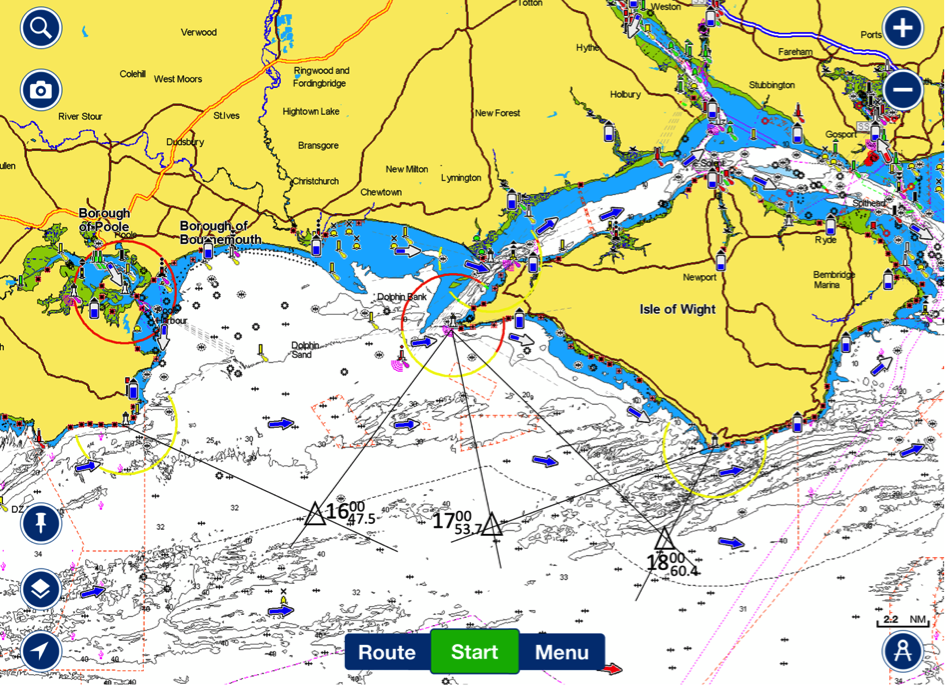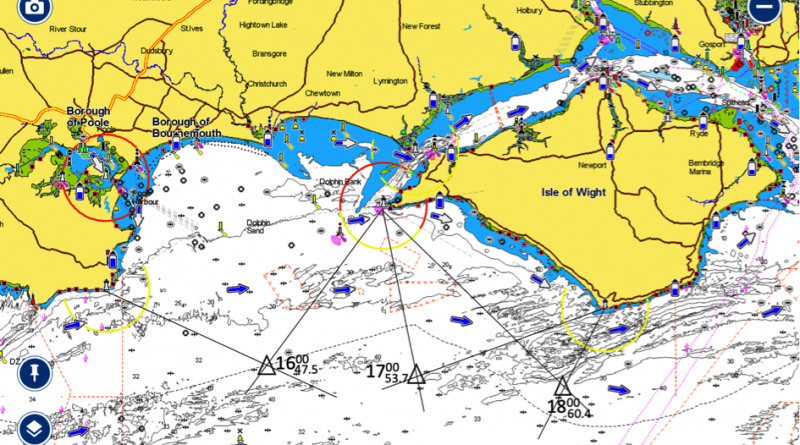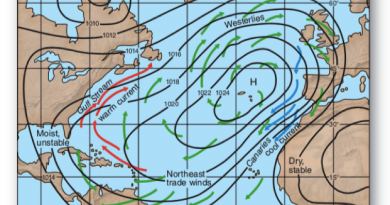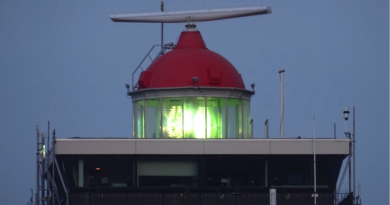RYA-tips #39 – Redundancy in navigation systems
Zeilen is een combinatie van wetenschap en kunst. En voor wie daar meer over wilt weten schrijft Albert De Nijs, instructeur bij de De Zeezeilers van Marken wekelijks een rubriek met tips&trics van de Royal Yachting Association.

The aim of redundancy (in engineering) is to improve the reliability of a system by reducing the impact (or severity) of failures and to make the system resilient to adverse conditions. A redundant system has more means available to accomplish a given task. A single failure will lead to decline in performance, but all of these means must fail before there is a system failure.
Clearly, redundancy is applied throughout a sailing yacht, especially for mission critical systems.
When applying this concept to navigation, you’re looking for systems that are overlapping, independent, and/or provide back-up.
Overlapping systems could be a built-in chartplotter and a laptop running navigation software. Independent systems would feature a separate power source, own gps input and a different source for electronic charts. For example, an iPad running Navionics with a power-bank is independent of any boat installed equipment.
There is also redundancy within satellite navigation systems. Modern GNSS receivers can use signals from different companies, such as GPS, Galileo, Glonass or Beidou.
A back-up system is old-trusted paper charts combined with traditional navigation methods, and someone confident to navigate the old-fashioned way.
Extra components make a redundant navigation system more complex and expensive. Keeping everything (and ourselves) up-to-date can be a chore, but at least you’re not lost after a single failure!
Albert de Nijs, Dutch Offshore Sailing Academy




